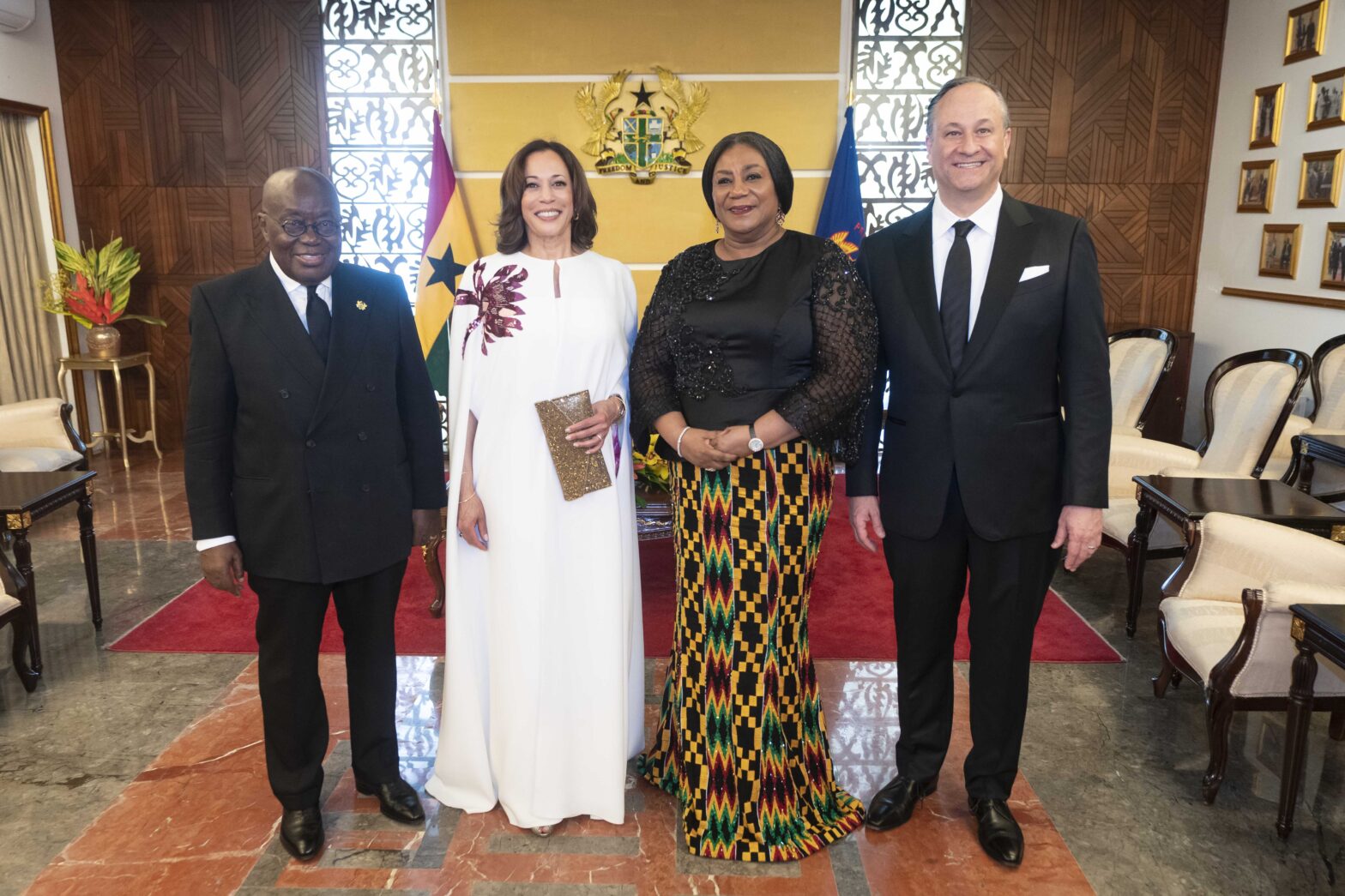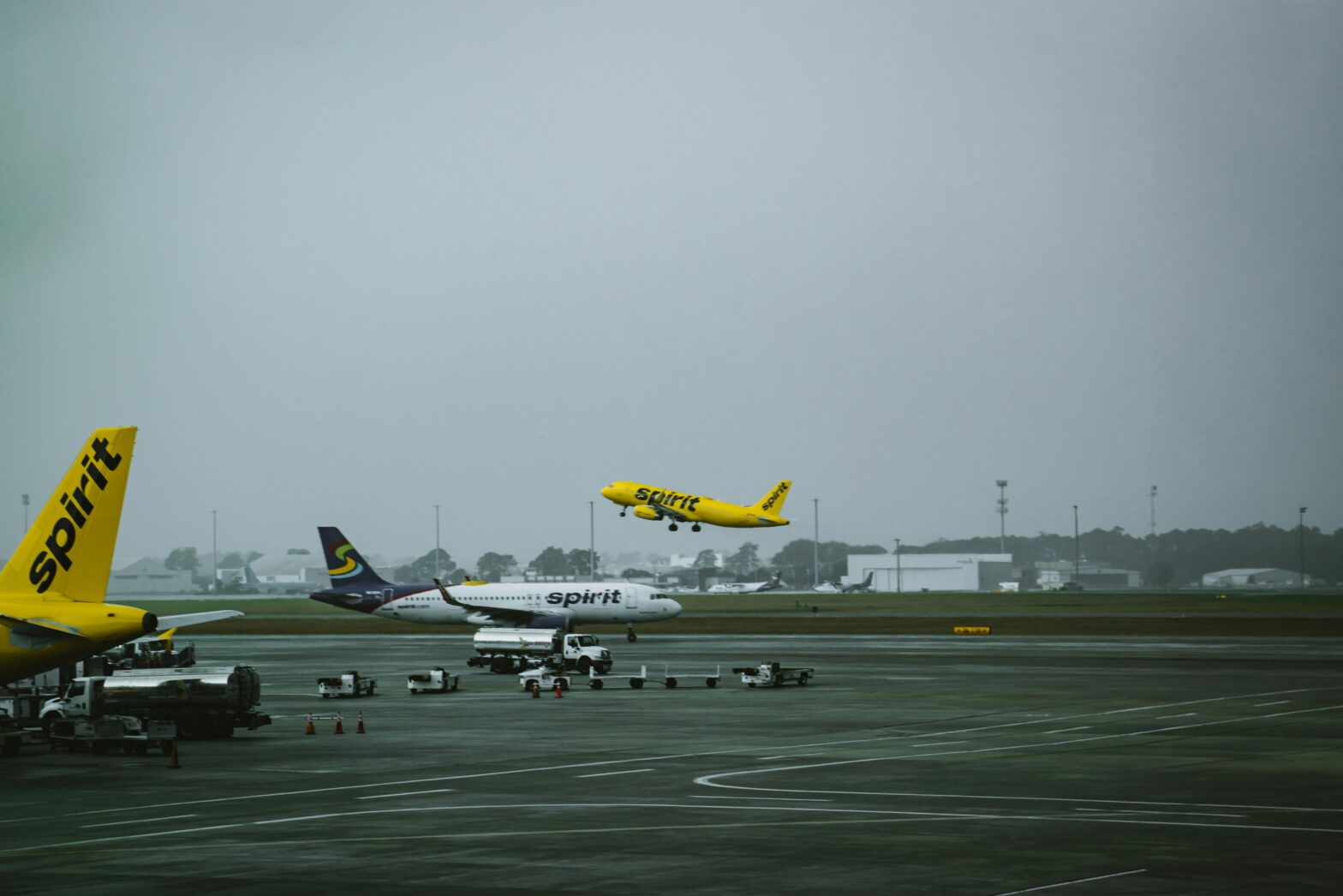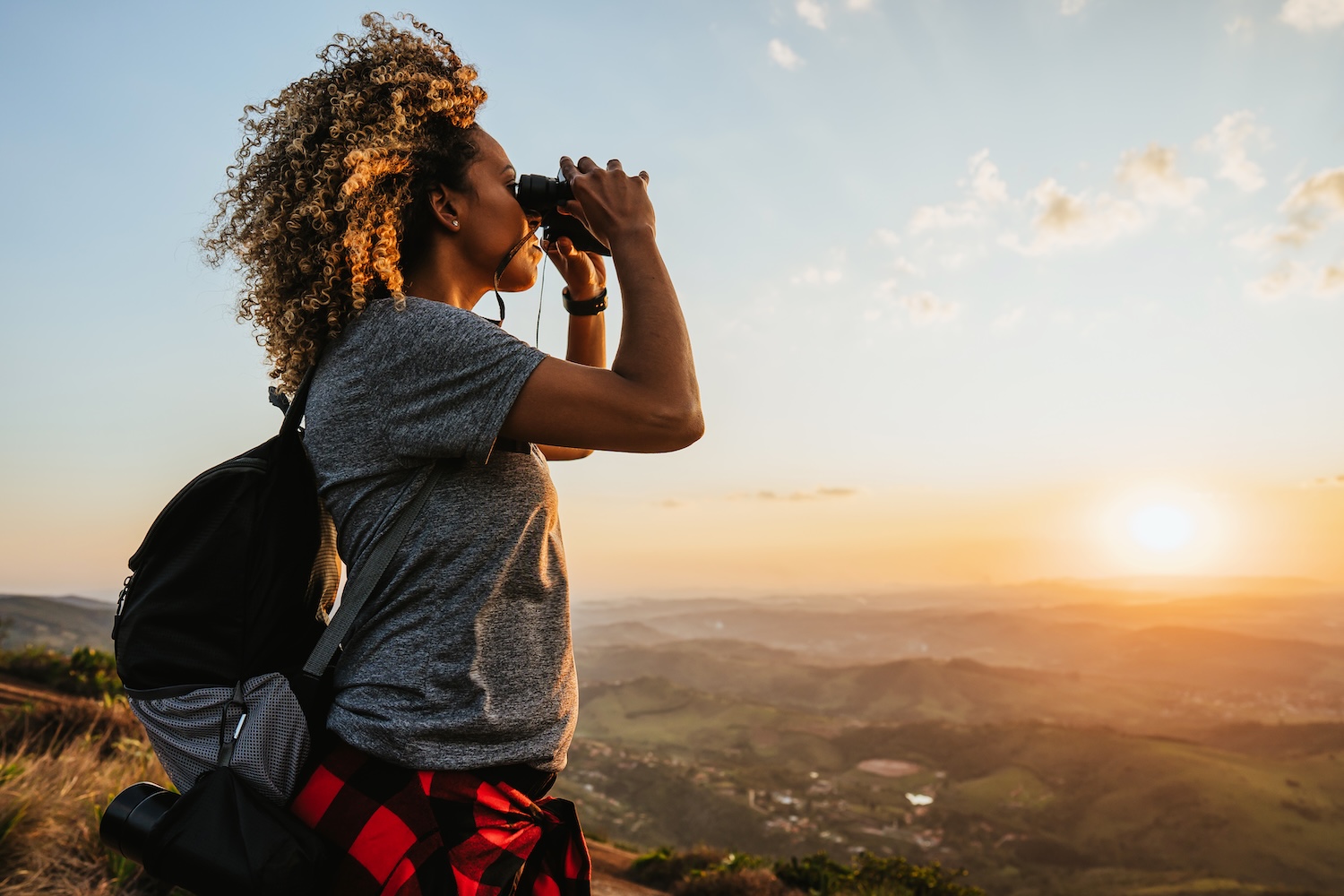Last week, Vice President Kamala Harris embarked on a momentous, three-nation tour of Ghana, Tanzania and Zambia.
The alliance between the United States and Africa was of interest, as were other political matters. Harris addressed these in prepared speeches, and deviated on occasion. The trip had profound impact on her as a world leader, and she’ll likely feel it for years to come. She openly engaged with Africa’s past and present, and is confident that brighter days are ahead.
It was a foregone conclusion that Harris would face scrutiny. The United States has never elected a woman as vice president, and she’s the highest-ranking official in the Biden cabinet to go to Africa. But she never lost stride. As a former senator and attorney general, Harris is accustomed to the public eye.
It’s not likely you’ll go to Africa on Air Force Two. But if you’re planning a three-nation tour, check out these sites from the vice president’s itinerary, and a few others.
Ghana
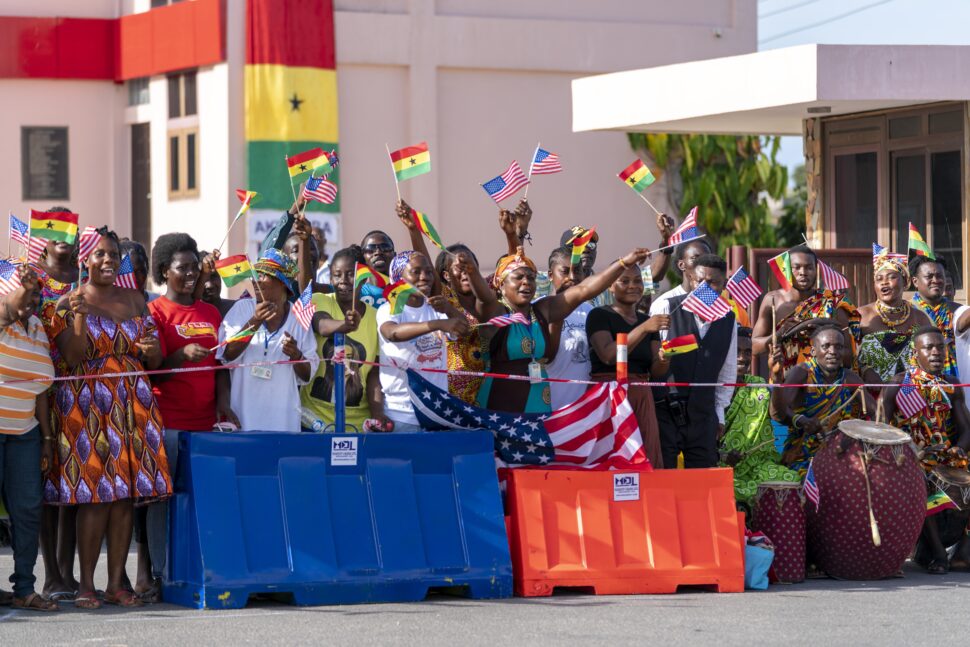
Harris arrived in Ghana to ample pomp and fanfare. Luminaries shook her hand, dancers performed in traditional costumes, and children waved Ghanaian and American flags. Posters of Harris proclaimed, “Akwaaba!,” which means “welcome.” Locals saw a rare kind of American leader, and they made their enthusiasm clear. Harris mirrored that, as much as protocol allowed.
At a state dinner at Jubilee House, President Nana Akufo-Addo affectionately called her, “Kamala Devi Abena Harris.” Abena, he told her, is an Akan name given to women born on Tuesday.
Harris had good reason for praising Ghana. This West African jewel is filled to the brim with history and culture. The Year of Return campaign, which Ghana launched in 2019, sends a clear message to the diaspora: “come home.” In her own way, Harris heeded that call.

Cape Coast Castle
Cape Coast Castle played a role in one of history’s worst atrocities: the transatlantic slave trade. For Harris and her husband, Doug Emhoff, touring the grounds was a visceral experience. Their guide, Kwesi Blankson, told them slaves in the dungeons sang and prayed for divine intervention that never came.
In a sometimes quivering voice, Harris condemned slavery, and encouraged people to never forget it. “It must be taught,” she insisted; a barely veiled criticism of the erasure of Black history in American schools.
As the daughter of a Jamaican father, Harris may have thought of her own ancestors. Did they pass through Cape Coast Castle, or one of the others on the Gold Coast? It’s possible. Many people of Caribbean descent can trace their lineage to Ghana, and other West African nations.
Elmina Castle
Elmina Castle is another infamous slave fortress. Built in 1492, it’s the oldest European building in sub-Saharan Africa. After the colonial powers lost interest in gold, they turned slavery into a profitable enterprise. Without ventilation or a sanitation system, slaves languished in Elmina’s dungeons. Ships bound for the Americas were just as awful, and those who were forced on board never saw Africa again.
Cape Coast Castle and Elmina Castle are UNESCO World Heritage sites. They draw thousands of tourists each year, and have special significance for Black people, who go to honor the ancestors.
Black Star Square
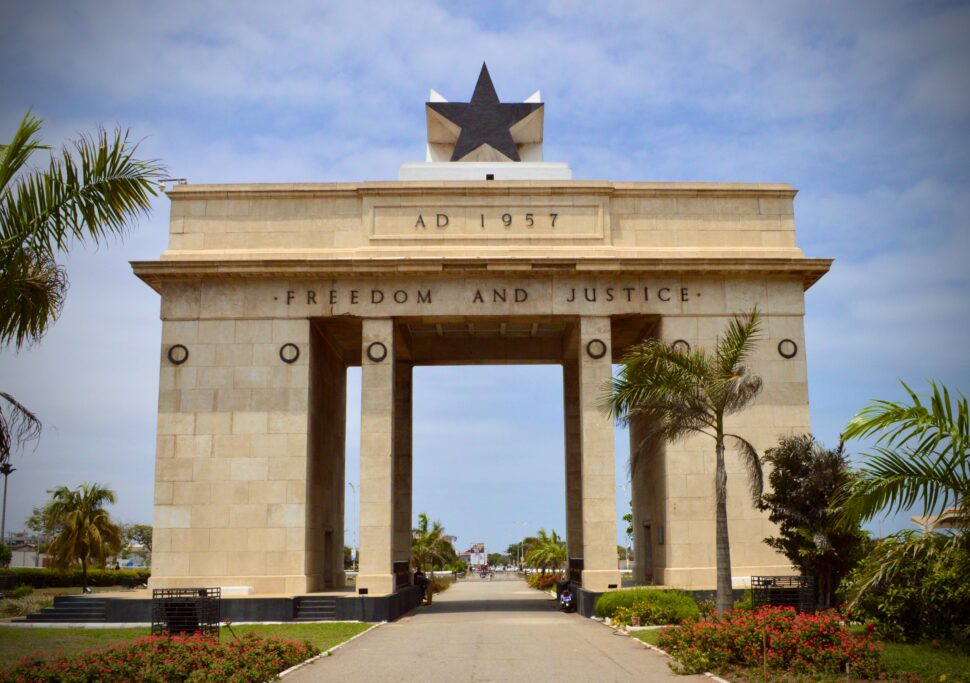
Harris delivered a speech at Black Star Square in Accra. The first president of Ghana, Kwame Nkrumah, commissioned this public space as a symbol of national pride.
The square hosts most of the state functions, including the Independence Day celebrations on March 6. The monuments include Independence Arch, the Liberation Day Monument, and the instantly recognizable Black Star Gate. Inscribed at the top is 1957, the year of Ghanaian independence.
Nearby attractions include Osu Castle, Accra Sports Stadium, and Kwame Nkrumah Memorial Park, the final resting place of the former president.
Tanzania
After meeting Tanzania’s first woman president, Harris paused at the Hope Out of Sorrow memorial. It honors the victims of the 1998 bombing of the U.S. Embassy in Dar es Salaam. You’ll find it in the central courtyard of the National Museum of Tanzania.
The vice president wasn’t in the country long enough to climb mountains or go on safaris. But they are some of the best attractions.
If you want to test your stamina, climb Mount Kilimanjaro. At 19,340 feet, it’s the tallest mountain on the continent. Hire a guide who knows how to navigate abrupt weather changes and altitude sickness. The ideal periods are January through March, and June through September.

You don’t have to climb a mountain for a good time. The Serengeti National Park is part of a larger ecosystem, and it’s a feast for the senses. The name comes from a Maasai word for “endless plains,” which is an apt characterization.
If you book a Great Migration safari, you’ll see why it’s called the greatest natural show on earth. Herds of wildebeests, zebras and antelope thunder across the Serengeti, and into Masai Mara in Kenya. With the right guide, you can get a front row seat to this phenomenon.
Afterwards, treat yourself to Tanzanian cuisine. There are two cultural norms concerning food. First, it’s customary to eat with your hands. If you can, avoid eating publicly during the Ramadan fast, out of respect for the host culture.
Zambia
Zambian dancers heralded the last leg of Harris’ tour. President Hakainde Hichilema called her visit a “homecoming,” and curious locals watched on.
Harris went to Panuka Farm, just outside of Lusaka. Employees shared their innovative techniques for boosting crop production. As climate change threatens Africa’s food supply, Panuka Farm’s work will be critical. It’s open daily, except Sunday, and you can inquire about visits.
Zambia may not be the obvious choice for adventure seekers, but it deserves consideration. Victoria Falls, which the nation shares with Zimbabwe, is on the Zambezi River. At the top of the falls is the Devil’s Pool, and a rock lip keeps you from hurtling over the edge. There are opportunities for white water rafting, bungee jumping and zip-lining. And if you’re not bothered by heights, or getting soaked, walk across the Knife Edge Bridge.
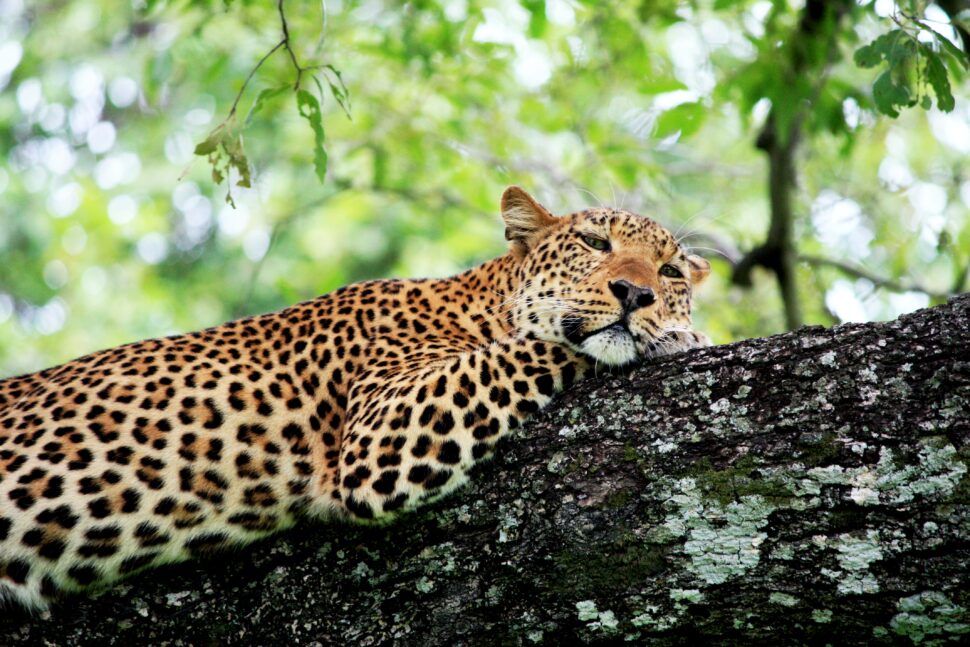
Zambia pioneered the walking safari, and South Luangwa National Park is the perfect place to do it. The idea of strolling past wild animals may be daunting, but your guide will ensure your safety. Alternatively, you can book a game drive, which is best enjoyed during the day. If you want more outdoor excitement, visit Kafue National Park, the largest of its kind in Zambia.
Round out your tour in Lusaka. Explore the open-art markets, where vendors sell jewelry, clothing and fresh produce. Patronize the Lusaka National Museum, which houses art and historical objects. The dining scene is surprisingly diverse, from Zambian to Indian food. The capital isn’t a hub for hard partying, but there are just enough lounges and bars for a decent night out.
